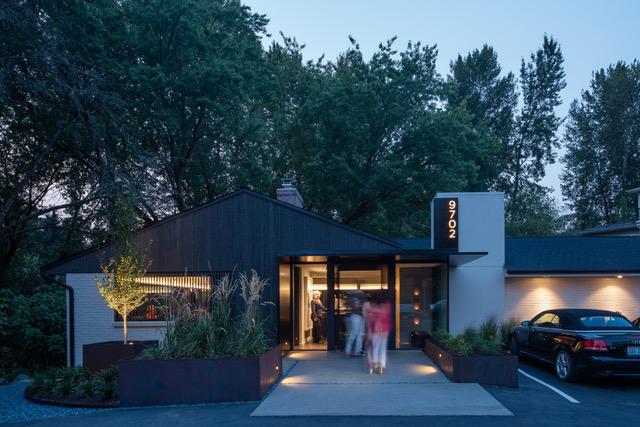Q&A with The Kilted Chef, Alain BosSE By Amy Piper
A
lain Bossé, the Kilted Chef, and I met at the Nova Scotia South Shore Lobster Crawl in January, where I was privileged to be of the judges in a Lobster Roll Challenge, and he was the emcee. I caught up with Chef Bossé to find out how he was doing since the pandemic hit, and share his story with you. Your heritage is French. How did you become the Kilted Chef? I’m New Brunswick French; however, I’ve spent most of my career in Nova Scotia. The small town that I reside in, called Pictou, is the b i r t h p l a c e o f Ne w Scotland. In 1773, the first wave of Scottish immigrants settled this area. When my daughter was in her early teens, she was part of an all-girls pipe and drum band. At that time, I was managing a local resort and restaurant. They approached me about doing a fundraising auction. The girls thought it would be fun if I wore a kilt along with my chef tunic. Oh, and they would pipe me into the dining room. That is how The Kilted Chef came to be. It would still be several years before it became a company and a registered trademark. You have a custom tartan. What do the colors represent, and how does your custom tartan represent you? Originally, when I started working as Atlantic Canada’s culinary ambassador, I’d have to wear a different kilt when representing each region, so the idea to have a tartan that I could wear
12
everywhere was born. Going into it, we did not realize just how intensive the process is. Each color in the tartan must have a meaning. Once we established that, the idea went before a Scottish Board, and they decided whether the tartan could be approved and registered. In our case, the colors have a lot of meaning for me. The red represents the lobster, a commodity that I work with a lot, and the black represents mussels. The white represents the chef ’s tunic. The green has two meanings. It represents agriculture and the land, but it also represents the New Brunswick forest, the place where my father made his livelihood. The blue represents the ocean and its bounty. Finally, the yellow represents the star on the Acadian flag, an important part of my heritage. When one thinks of a chef, a restaurant chef or a personal chef comes to mind. One of your roles is Atlantic Canada’s Culinary Ambassador. What does that entail? As Atlantic Canada’s culinary ambassador, I have the privilege of representing local producers, processors, and food artisans from a region at various platforms around the world. If a company from Nova Scotia is presenting their product to the Chinese market, they may feel that it’s beneficial to bring a chef along so that prospective clients can see how to use the product and how versatile it can be. Being Atlantic Canada’s culinary ambassador is also my mantra. For me, it means that no matter














